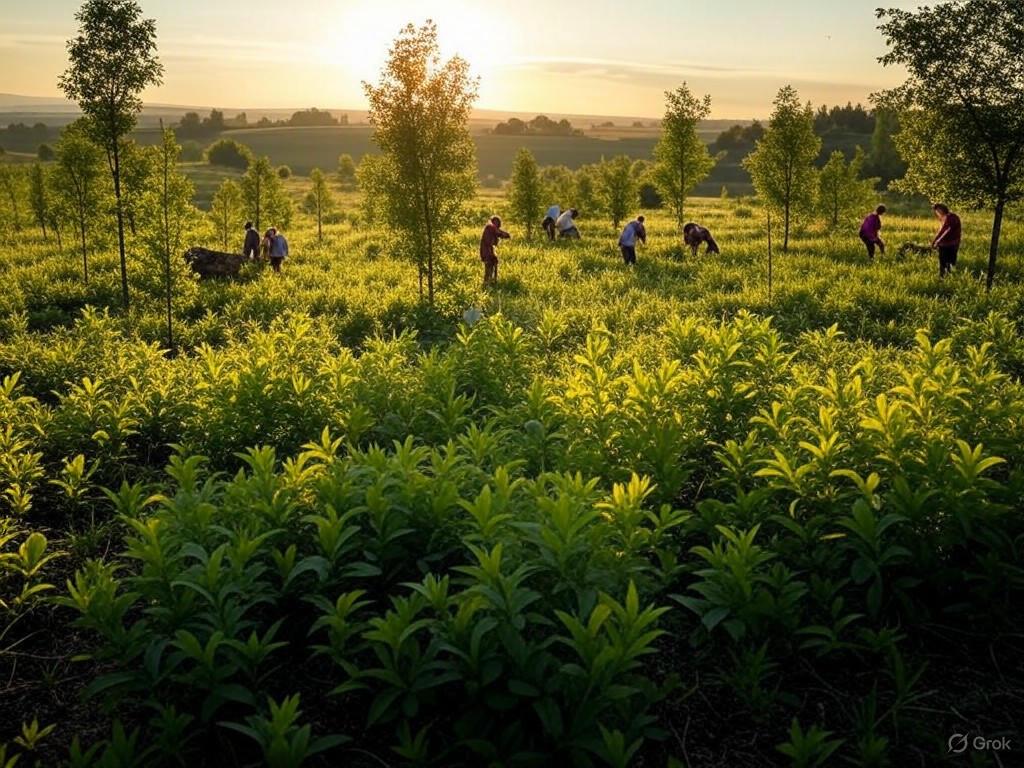Reforestation is increasingly seen as a powerful tool in combating climate change. A new study has unveiled maps that highlight areas around the globe best suited for reforestation efforts. These maps provide crucial insights into how tree planting can effectively reduce carbon emissions without disrupting local ecosystems or communities. The key to these maps is their focus on places where reforestation can have the maximum positive impact. They take into account various factors including biodiversity, land-use patterns, and socio-economic conditions, ensuring a strategy that benefits both nature and people [1].
One of the most promising aspects of the reforestation potential identified in the maps is their ability to tackle the climate crisis without negative effects on local populations. By prioritizing regions where tree planting would coexist with human activities, the initiative aims to create win-win scenarios. This approach avoids the pitfalls of past reforestation efforts that sometimes disregarded local livelihoods. In this way, reforestation can become a cornerstone of sustainable environmental management [2].
At its core, the maps take a data-driven approach that incorporates recent advances in geographic and environmental sciences. These are not generic tree-planting schemes; they are carefully curated strategies tailored to the unique characteristics of different regions. This specificity is important because local climates, soil types, and biodiversity influence how well trees can grow and sequester carbon. Moreover, this approach helps to preserve the native flora and fauna, supporting the wider ecosystem's health [3].
Despite the clear benefits outlined by the map developers, successful implementation requires cooperation from multiple stakeholders. Local governments, environmental organizations, and indigenous groups all have roles to play. The integration of traditional knowledge and practices can significantly enhance the viability and success of these projects. Not only does this empower communities, but it also enriches the scientific strategies with a layer of practical wisdom that has been refined over generations[3].
Understanding how and where reforestation can be most effective provides an actionable blueprint for tackling climate change. As we continue to face environmental challenges, innovative solutions like these maps offer a glimmer of hope for a greener future.
References:
1. ‘Win-win’: new maps reveal best opportunities for global reforestation
2. Deep discoveries, landmark lawsuits, and rising renewables: Positive environmental stories from 2025
3. Inside Climate News Selects 11 Summer Fellows to Report on Environmental Issues Around the Country







